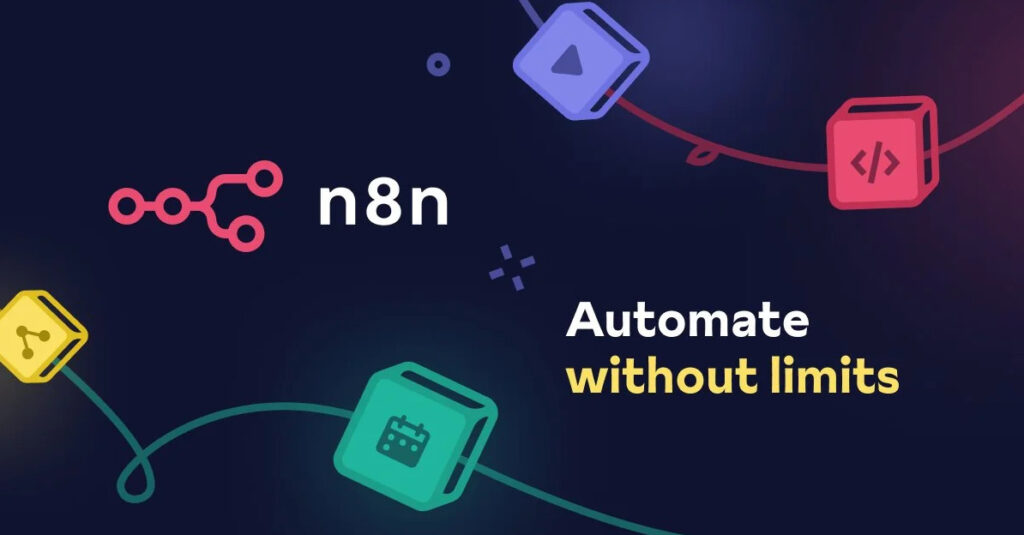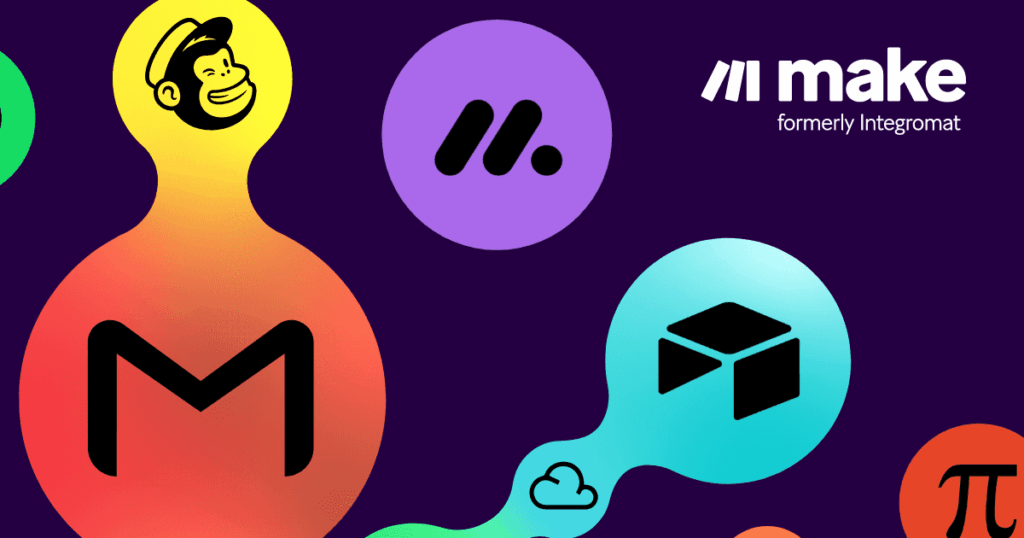Most AI teams underestimate Natural Language Understanding (NLU) until their project dies in production. Without real language comprehension, your chatbot is just a glorified FAQ, and your search engine is an expensive keyword matcher. I’ve spent 7 years advising Fortune 500 clients on AI interactions, and the single biggest blindspot I see is ignoring NLU’s complexity.
In the next 200 words, you’ll discover the gap between raw speech recognition and machines that genuinely grasp context, intent, and nuance in customer queries. We’ll expose core challenges like ambiguity and sarcasm, then reveal how representation learning, transfer learning, and transformer networks are closing that gap faster than ever.
If you’re ready to transform your conversational agents and question answering systems from brittle scripts into adaptive, customer-obsessed interfaces, read on. By applying these insights today, you can future‐proof your workflows and create a sustainable competitive edge. Let’s dive in.
Think about it: every aborted conversation, every misunderstood request, is a friction point that costs revenue and erodes trust. If you address NLU now, then you’ll deliver the kind of seamless self‐service that turns prospects into advocates. There’s no fluff here—this is the nitty‐gritty on making machines truly understand human language. Let’s get to the exact strategies.
Why 90% of AI Projects Fail Without NLU (And How to Avoid It)
The Hidden Cost of Language Misunderstanding
Most teams treat natural language processing as a checkbox. They plug in APIs, ship a chatbot, and hope for the best. The result? Frustrated users, skyrocketing support tickets, and stalled ROI.
- Misinterpreted requests that loop conversations endlessly
- Loss of context across multi‐turn dialogues
- Inability to handle nuance, irony, or emerging slang
Aggravation mounts when users must re‐enter context or restart sessions. That friction kills engagement. I saw one telecom client suffer a 40% drop in chatbot adoption simply because the bot couldn’t track context across messages.
In my work with Fortune 500 e-commerce brands, these failures have cost millions. You can avoid that by focusing on NLU’s core stages: symbol processing, semantic analysis, and pragmatic inference.
Ready for a drill-down? Buckle up.
What Is Natural Language Understanding (NLU)?
Q: What is Natural Language Understanding?
A: Natural Language Understanding enables computer systems to derive coherent semantic representations from human text or speech, capturing meaning, intent, and context. It’s more than speech recognition or keyword matching—it’s how machines interpret sentence structure, entities, relationships, and implied sentiments.
- Extract words via speech recognition or NLP pipelines
- Perform semantic parsing to assign roles and relationships
- Apply pragmatic analysis to infer intentions and context
NLU leverages machine learning techniques like neural networks trained on annotated corpora. However, most systems remain narrow, struggling with subtlety and empathy.
Definition: Natural Language Understanding (NLU) is an AI discipline that transforms human language input into structured, machine‐interpretable meaning by analyzing syntax, semantics, and pragmatics.
Challenge: Language is subjective and context‐dependent. Traditional NLU systems choke on irony and sarcasm.
Progress: Transformer networks, representation learning, and transfer learning are closing the gap. State‐of‐the‐art models like BERT and GPT fine-tuned on domain data now achieve human-level intent detection in many tasks.
What if your system could detect intent with 95% accuracy out of the box? We’re closer than you think.
5 Breakthrough AI Use Cases for NLU
These applications showcase where robust NLU drives real impact:
- Conversational Agents: Virtual assistants that handle complex, multi-turn dialogues without handoffs.
- Question Answering: Systems that retrieve precise answers from unstructured data.
- Machine Translation: Context-aware translation that preserves tone and nuance.
- Search Enhancement: Semantic search delivering results based on intent, not just keywords.
- Customer Analytics: Sentiment and entity extraction for actionable insights.
For example, a leading retail brand used NLU-powered intent classification to reduce call center volume by 30%, saving $2M annually. They deployed a conversational agent that understood product categories, sizes, and even shipping preferences.
How to Prioritize Your NLU Rollout
Start small. Choose a high-impact, constrained domain like order support or password resets. That limits vocabulary and context, boosting accuracy quickly. Once you hit >90% intent accuracy, you can expand to broader tasks.
Have you ever chatted with a support bot that says, “I’m sorry, I don’t understand”? Stop letting that be your brand story.
NLU vs NLP: Key Differences Explained
- NLP: Focuses on basic text processing—tokenization, part-of-speech tagging, and keyword extraction.
- NLU: Goes deeper with meaning—semantic parsing, intent detection, and context understanding.
Think of NLP as the engine and NLU as the driver. You need both to navigate complex language tasks.
- NLP: Syntax-level, rule-based
- NLU: Semantic-level, ML-based
- NLP: Limited to exact matches
- NLU: Handles ambiguity and context
When to Use NLP Alone
If your project only needs basic keyword triggers or simple routing—like tagging emails by subject line—an NLP approach can suffice. But as soon as you must interpret user intent or sentiment, you need NLU.
In practice, start with robust tokenization and tagging, then layer on semantic and pragmatic reasoning for true comprehension.
The true power of AI isn’t matching words—it’s understanding them. #NLU #MachineLearning
What To Do In the Next 24 Hours
Don’t just read—execute. Here’s your action plan:
- Audit your current system: List every user scenario where misunderstanding occurs.
- Scope a pilot: Choose one domain—like customer support—and integrate a transformer-based NLU model.
- Measure impact: Track intent accuracy, resolution time, and customer satisfaction.
- Iterate: Apply transfer learning to refine your model with domain-specific data.
Future Pacing: Imagine tomorrow: your help desk is deflecting 60% of tickets automatically, freeing your team to tackle strategic projects. If you follow these steps, that vision becomes reality. In my experience with top fintech firms, this simple pilot approach accelerates ROI within 30 days.
- Symbol Processing
- The stage where raw text or speech is converted into tokens and annotated for analysis.
- Semantic Parsing
- Assigning meaning to tokens by identifying roles, relationships, and entities.
- Pragmatic Analysis
- Inferring speaker intent and context beyond literal meanings.





